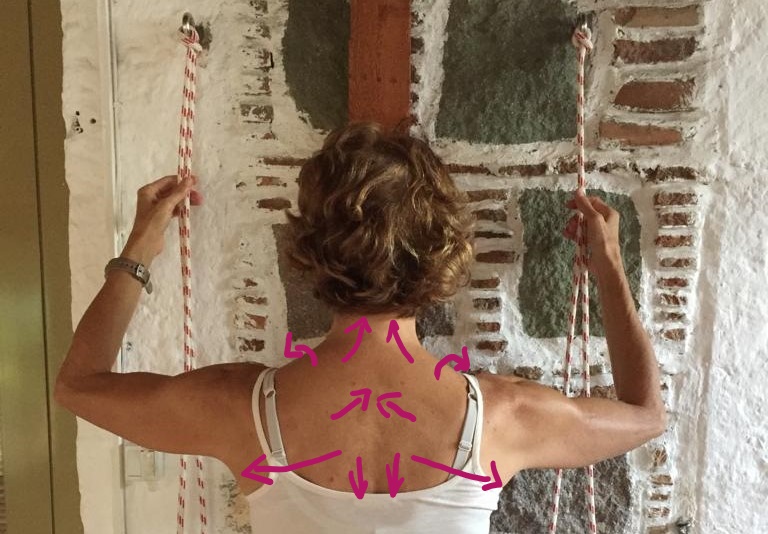There are many muscles moving the arms around allowing a range of movement of an almost 360 degree radius: rotator cuff muscles, shoulder joint muscles and shoulder girdle muscles. All of them work together and give the shoulder stability.
Not all joints get their stability through muscles, the knee joint is mostly stabilized by ligaments and the hip joint mostly by bone. Important is that all work together in harmony, because imbalance results in injury and pain.

